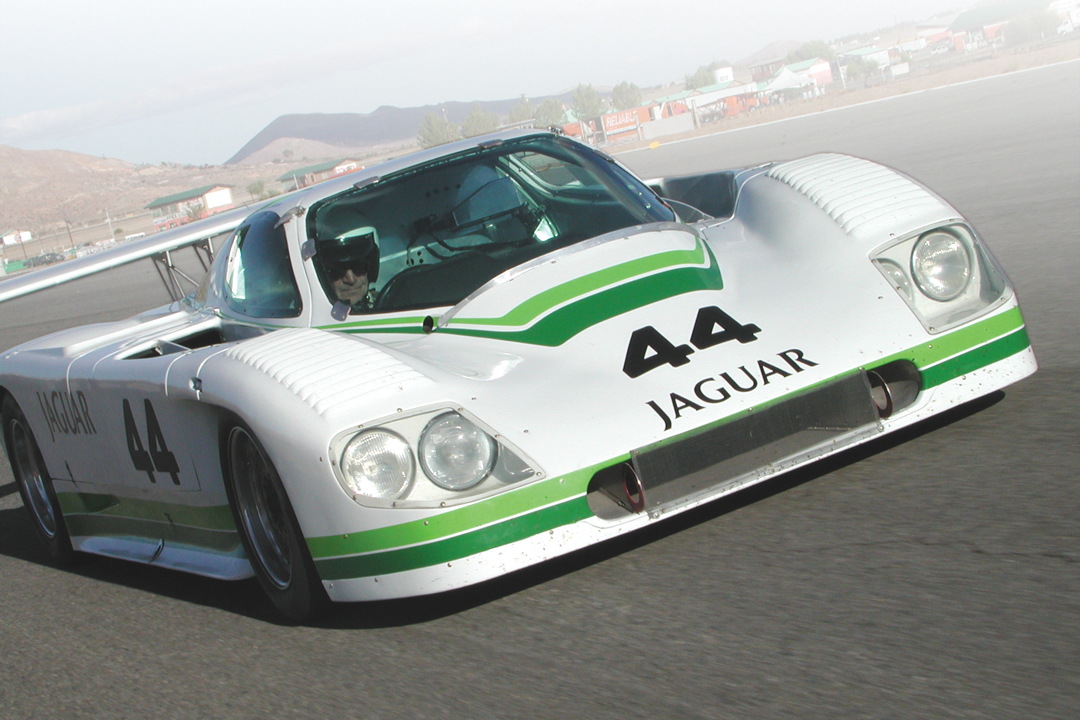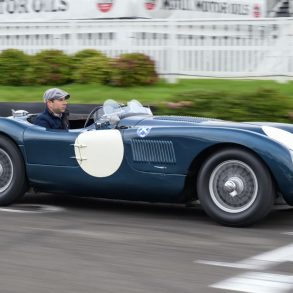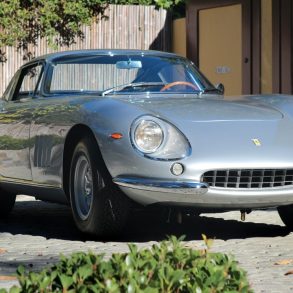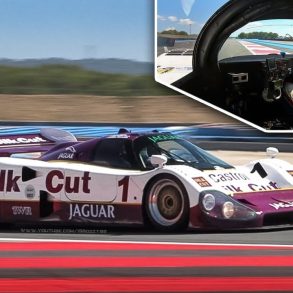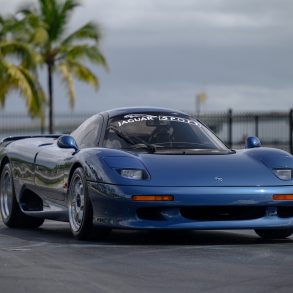I woke up the next morning feeling like I’d been in a fight. My arms and sides were bruised and muscles I didn’t even know I had ached – but hell, I’d do it all over again in a heartbeat. When you get the chance to ride in a true racecar, a historic one at that, and with a driver who was a part of that history, you don’t hesitate. The car was a 1987 Group 44 Jaguar XJR-7 GTP; the driver, John Morton, who with codriver Hurley Haywood, in April of that year, won the last race at Riverside Raceway. The last last race at Riverside. That and an equally thrilling win at Palm Beach two months later were to be the final moments of glory for the American team that brought Jaguar back into motor racing after a 10-year absence.
Ironically, Bob Tullius began racing his Jaguar-sponsored Group 44 V12 E-Type roadsters in 1974, the same year the factory stopped producing new ones. Tullius just missed the SCCA B-Production National Championship that year but took the title in ’75. In 1976, Group 44 began campaigning the XJS. Two Trans-Am championships followed in 1977 and 1978. But Tullius had bigger plans, and in 1982, with Jaguar backing, produced a GTP car to contest IMSA events and ultimately, Le Mans. Of aluminum honeycomb construction, the mid-engine XJR-5 was designed by Lee Dykstra. It was relatively long, with a 108.5-inch wheelbase, 79 inches wide, and stood only 39.5 inches high. Its 5.5-liter single overhead cam V12 put out 560 hp at 8000 rpm and 390 lbs-ft of torque at 5500 rpm.
Become a Member & Get Ad-Free Access To This Article (& About 6,000+ More)
Access to the full article is limited to paid subscribers only. Our membership removes most ads, lets you enjoy unlimited access to all our premium content, and offers you awesome discounts on partner products. Enjoy our premium content.
Become a member today!
Already a Member?


